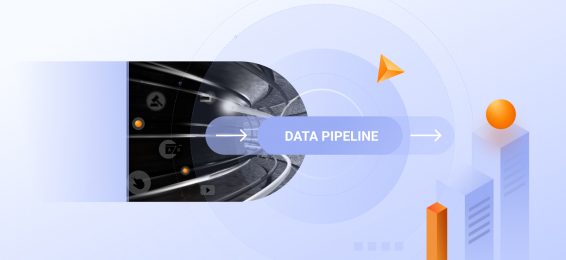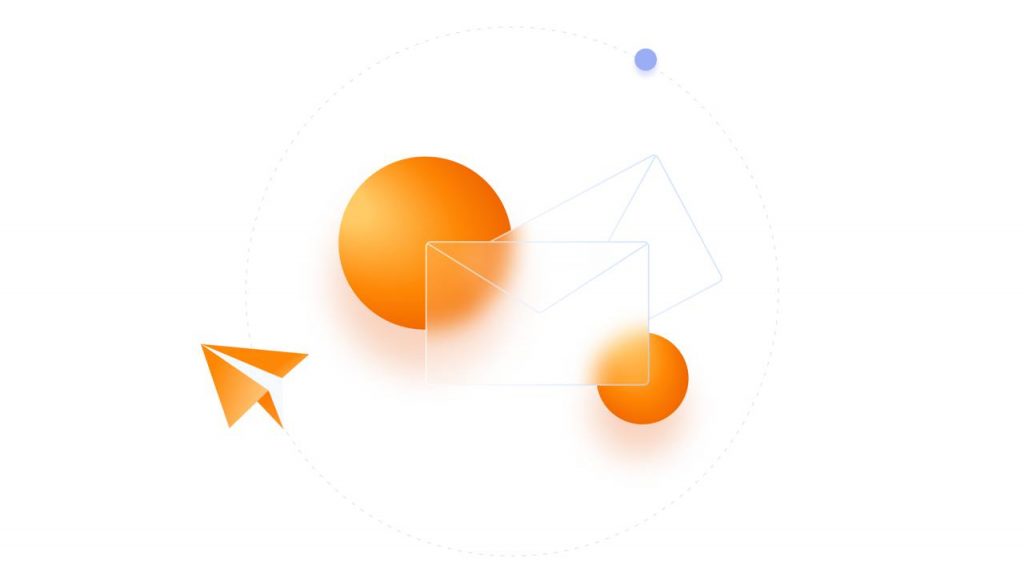What is meant by hierarchical clustering?
Hierarchical clustering is an unsupervised hierarchical clustering algorithm that groups similar data points into clusters based on their similarities. Unlike other clustering methods, hierarchical clustering creates a tree-like structure of clusters called a dendrogram. This hierarchical clustering definition emphasizes how clusters are organized in a multilevel hierarchy, allowing users to choose the appropriate level of clustering for their specific needs.
How does hierarchical clustering work? The algorithm starts by treating each data point as a single cluster and then successively merges (or splits) clusters based on similarity measures until a stopping criterion is met. Hierarchical clustering algorithms are particularly useful when the underlying data has a hierarchical structure, as they reveal relationships between data points at different levels of granularity.
What is the difference between k-means and hierarchical clustering?
When comparing hierarchical clustering vs k-means, several key differences emerge. K-means requires specifying the number of clusters (k) beforehand, while hierarchical clustering creates a dendrogram that allows users to decide on the number of clusters after the analysis. Hierarchical clustering visualization provides a more comprehensive view of the data’s structure through its dendrogram representation.
K-means typically performs better with large datasets and produces spherical clusters, while hierarchical clustering can identify clusters of varying shapes and works well with smaller datasets. K-means is generally faster, but hierarchical clustering analysis provides more detailed insights into the relationships between data points. This makes hierarchical clustering recommended for exploratory data analysis where the optimal number of clusters is unknown.
What are the two methods of hierarchical clustering?
The two main types of hierarchical clustering are agglomerative hierarchical clustering and divisive hierarchical clustering.
Agglomerative hierarchical clustering (bottom-up approach) starts with each data point as a separate cluster and progressively merges the most similar clusters until all points belong to a single cluster. Hierarchical agglomerative clustering is the more commonly used method due to its computational efficiency and intuitive nature.
Divisive hierarchical clustering (top-down approach) begins with all data points in one cluster and recursively splits the least similar clusters until each data point is in its own cluster. While computationally more intensive, divisive methods can sometimes detect finer divisions in the data.
Both hierarchical clustering methods rely on different linkage methods to determine cluster similarity. Single linkage hierarchical clustering uses the minimum distance between points in different clusters, while hierarchical clustering average linkage uses the mean distance. Other common hierarchical clustering linkage methods include complete linkage and Ward’s method, with ward hierarchical clustering being particularly effective at minimizing within-cluster variance.
What is a real life example of hierarchical clustering?
A practical hierarchical clustering example can be found in biological taxonomy, where organisms are classified into hierarchical categories (species, genus, family, etc.) based on their characteristics. In bioinformatics, hierarchical clustering in machine learning is used to create hierarchical clustering heatmaps for gene expression analysis, revealing patterns in gene activity across different conditions.
In business, hierarchical clustering in Python is frequently implemented for market segmentation, grouping customers based on purchasing behaviors and demographics. The hierarchical clustering tree reveals customer segments at different levels of granularity, allowing marketers to tailor strategies accordingly.
In document analysis, unsupervised hierarchical clustering can organize documents into topic hierarchies, with broader categories at the top and more specific subtopics at lower levels. This application demonstrates the advantages of hierarchical clustering when dealing with naturally hierarchical data.
The versatility of hierarchical clustering algorithms makes them applicable across numerous fields, from biology and medicine to marketing and information retrieval. When to use hierarchical clustering depends on the dataset size, the need for a hierarchical structure, and whether the number of clusters is known beforehand.



